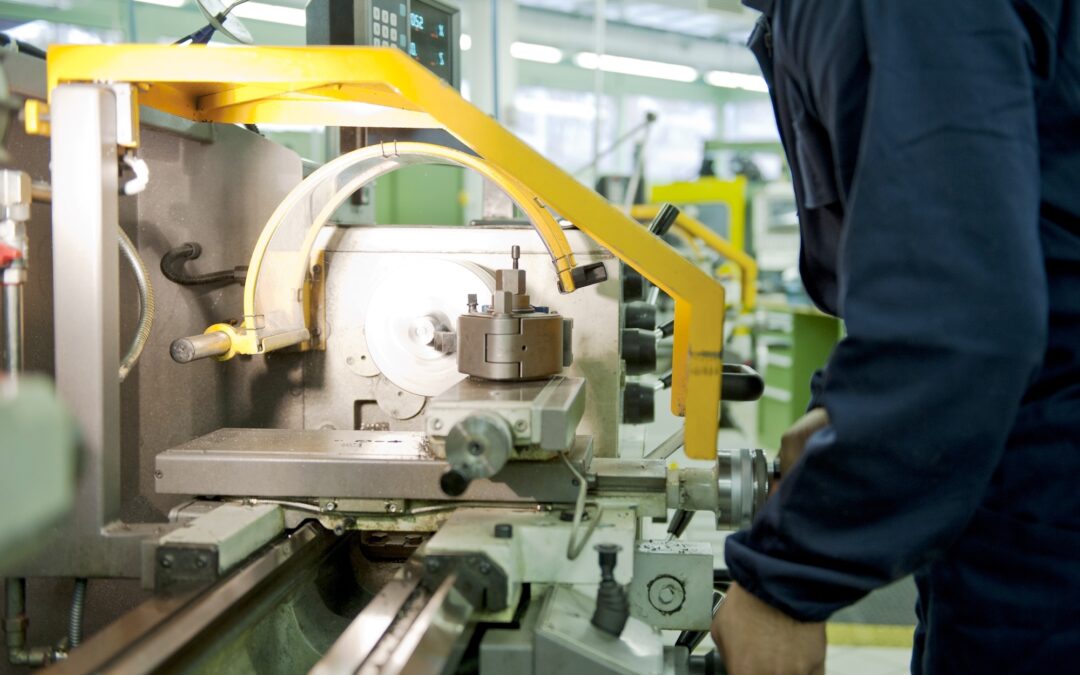Do you find yourself daydreaming, from time to time when on the job? That could be extremely dangerous if you happen to be working on a piece of heavy equipment or with a machine with moving parts. The repetitiveness of the task, allows us to lose focus, exposing ourselves to potential injury or even death. OSHA has enforced several regulations regarding machine safeguarding of equipment in promoting safety to help prevent injuries. It is your responsibility to ensure that the equipment you are using has the guarding intact. The guards are there to protect you!
Discussion Points:
• The main goal of OSHA’s Machine Guarding Regulations
• How to identify common machine hazards
• Understanding common behaviors that cause most machine accidents
• The main categories of machine guarding
• Whose responsibility is machine safety?
Discussion:
There are a wide variety of safeguarding methods including, fixed guards, interlocked guards, adjustable guards, and self-adjusting guards. As a general rule, a power-transmission apparatus is best protected by fixed guards that enclose the danger area. However, for hazards at the point of operation, several kinds of safeguarding are possible. A gate guarding device is a movable barrier that protects the operator at the point of operation, and provides protection to co-workers and pedestrians in the work area. It is the company’s responsibility to ensure that all machinery is properly guarded. The supervisor is responsible for training employees on specific guard rules and to ensure machine guards remain in place and functional, and to immediately correct machine guard deficiencies. It is the employee’s responsibility to not remove guards and to report any problems to supervisors immediately.
As always, be safe out there


Recent Comments